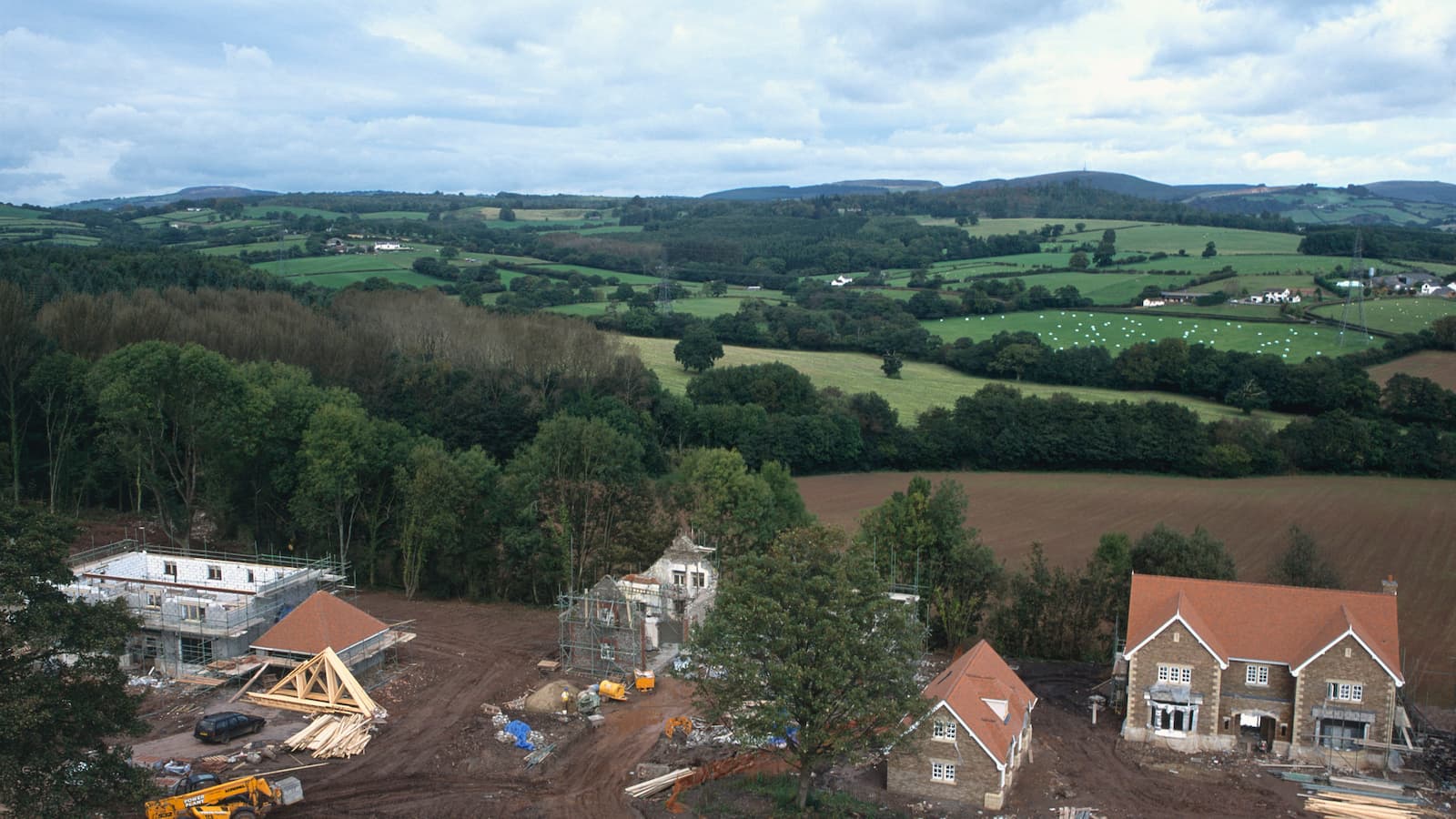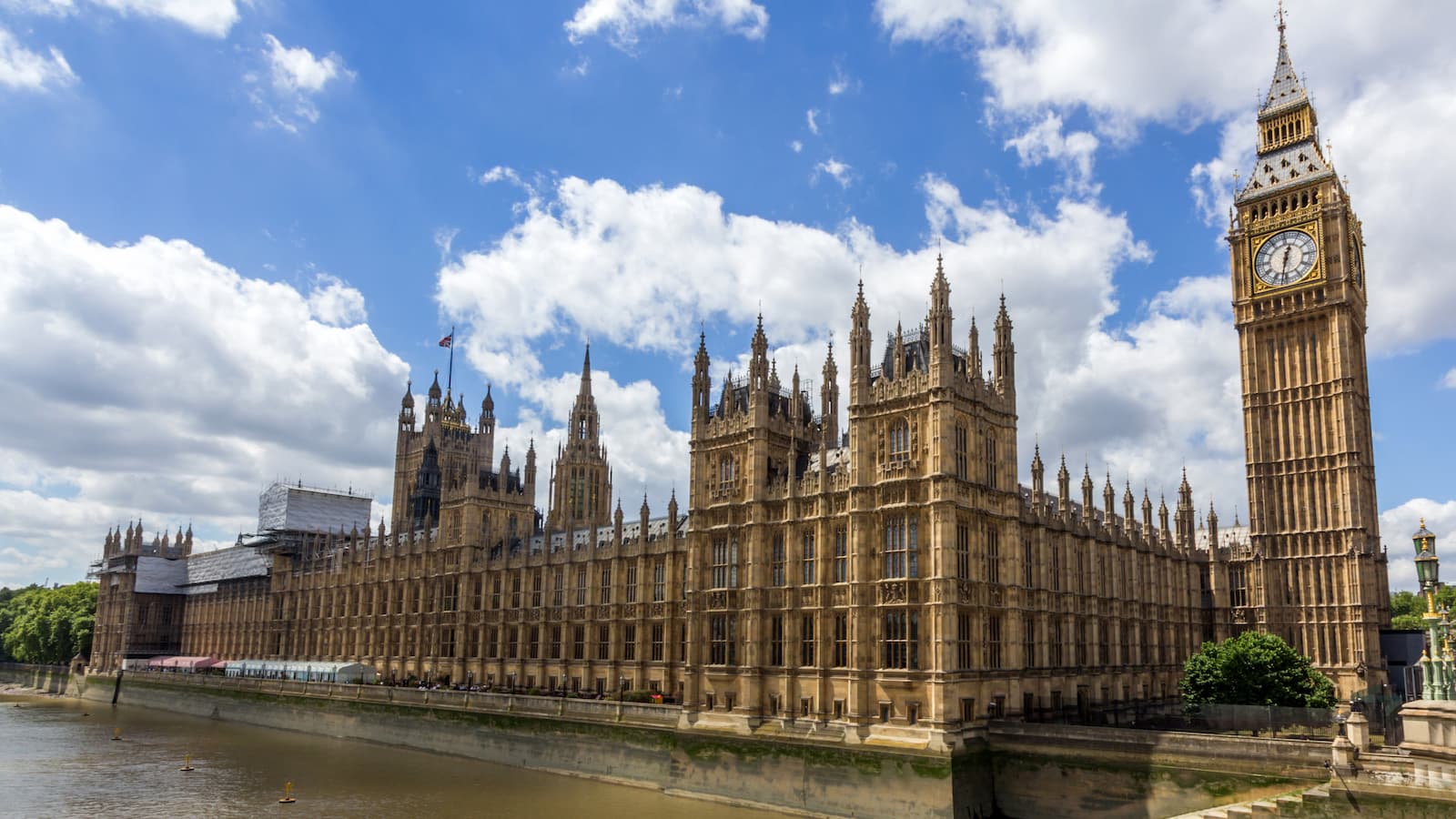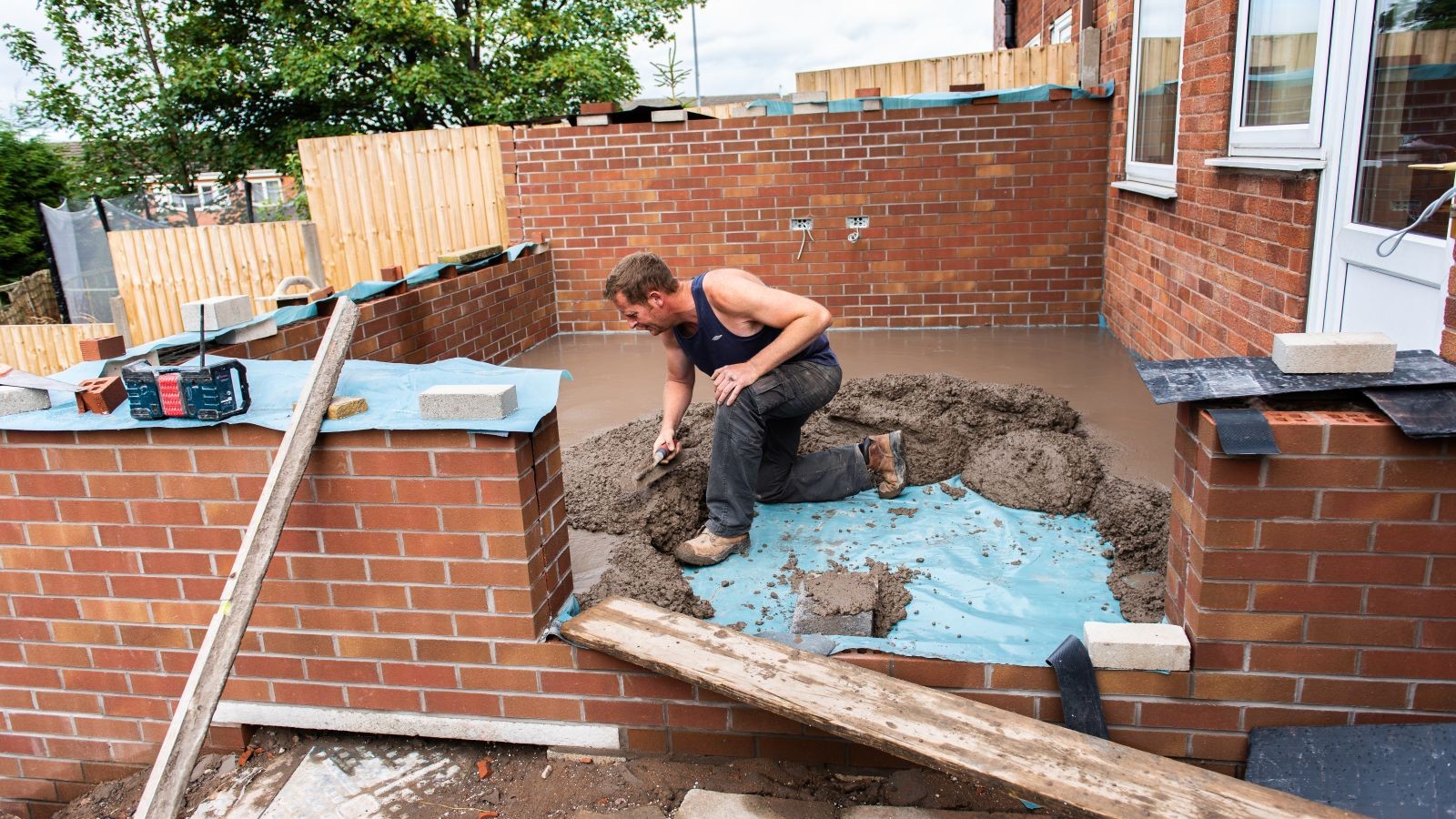'Grey belt’ housing plan branded "redundant" by House of Lords
The report finds grey belt land could provide between "50,000 to as high as 4 million" new homes

The Government’s controversial ‘grey belt’ housing policy is unlikely to have any meaningful impact on boosting housebuilding numbers, according to a damning report by the House of Lords Built Environment Committee.
The policy, first introduced in the draft National Planning Policy Framework in July 2024, aimed to unlock land on the fringes of existing communities by designating it as ‘grey belt’.
The initiative was initially seen as a way of making it easier to gain planning permission by limiting local opposition to developments by promoting the use of lower-quality green belt land.
However, in a letter sent to Deputy Prime Minister Oliver Dowden, the Lords committee concluded that the policy had been implemented in a “rushed and incoherent manner” and is now largely redundant following revisions to the final NPPF in December.
Lack of clear impact or planning strategy
The committee that looked into the government's grey belt proposals found that the grey belt designation was overshadowed by broader green belt reforms
Under these new rules, local authorities are now required to review and adjust green belt boundaries if they cannot meet housing and commercial needs through other means. As a result, it has been found the grey belt designation has become largely "redundant".
Crucially, the report highlights the Government’s failure to assess how many homes could actually be built on grey belt land. Estimates vary wildly "from as low as 50,000 to as high as 4 million" due to a lack of clear planning and data tracking.
Get the Homebuilding & Renovating Newsletter
Bring your dream home to life with expert advice, how to guides and design inspiration. Sign up for our newsletter and get two free tickets to a Homebuilding & Renovating Show near you.
Committee chair Lord Moylan criticised the Government’s approach, stating: “The Government’s policy has been implemented in a somewhat rushed and incoherent manner. The committee does not believe that it is likely to have any significant or lasting impact on planning decision-making or helping the Government achieve its target of building 1.5 million new homes by the end of this Parliament.”
He added: “Effective policy must be evidence-based and be able to demonstrate its efficacy. Sadly, this is not the case here.”
Concerns over infrastructure and local authority capacity

Even if some grey belt sites are developed, the report warns that their long-term viability depends on access to public transport, schools, healthcare, and environmental considerations – factors that have not been adequately addressed in the policy.
The Lords committee also raised concerns about the strain placed on local planning authorities, which are already struggling with limited resources.
Although the Government pledged funding for 300 additional planners in the Autumn Budget, the committee argues this is insufficient to meet the scale of reform needed.
Further complicating matters, the introduction of grey belt land could encourage speculative development applications in the green belt, potentially undermining the Government’s intention to manage land release in a planned and strategic way.
A missed opportunity for SME builders
The committee acknowledged that grey belt sites could have provided opportunities for smaller housebuilders (SMEs), as many of these plots are less attractive to large developers.
However, it was also found in the report that due to "the affordable housing requirement" building houses on grey belt plots "makes it financially difficult for smaller firms".
This suggests that while the policy initially imposed stricter affordable housing obligations, even the revised version still presents a financial barrier for SMEs, potentially limiting their ability to build on grey belt land.
Policy uncertainty threatens housing targets
With the Government’s housebuilding ambitions under scrutiny, the Lords committee’s findings add to growing concerns that key planning reforms lack coherence and a clear strategy for implementation.
While the grey belt concept may have initially offered a path to expanding rural settlements and easing planning restrictions, the lack of a robust framework means it is unlikely to play a meaningful role in solving the UK’s housing crisis.
The committee highlighted that the Government has no way of measuring how many homes will be built through grey belt designation, stating that “effective policy must be evidence-based and be able to demonstrate its efficacy.”
Without proper tracking, the report found that it is unclear whether the policy will contribute meaningfully to the Government’s target of 1.5 million new homes.

News Editor Joseph has previously written for Today’s Media and Chambers & Partners, focusing on news for conveyancers and industry professionals. Joseph has just started his own self build project, building his own home on his family’s farm with planning permission for a timber frame, three-bedroom house in a one-acre field. The foundation work has already begun and he hopes to have the home built in the next year. Prior to this he renovated his family's home as well as doing several DIY projects, including installing a shower, building sheds, and livestock fences and shelters for the farm’s animals. Outside of homebuilding, Joseph loves rugby and has written for Rugby World, the world’s largest rugby magazine.
